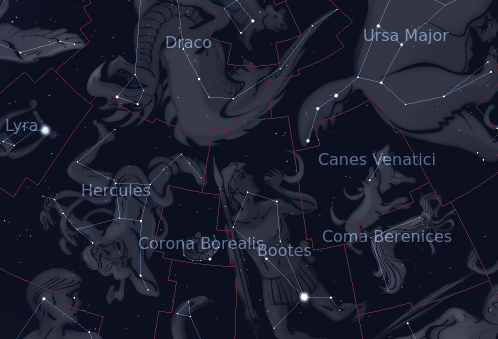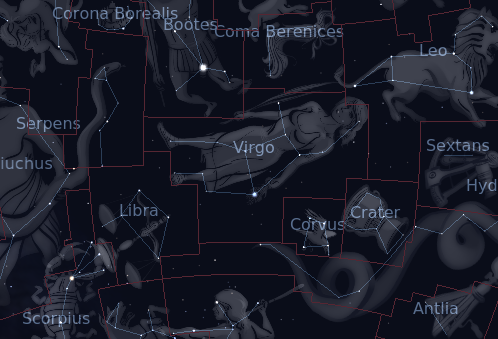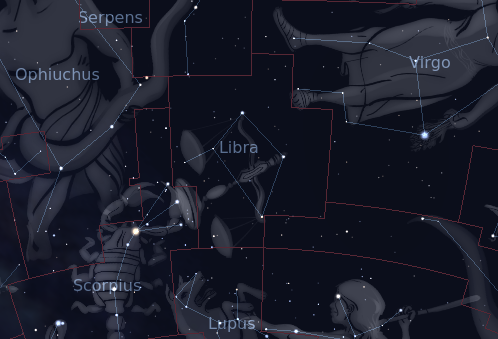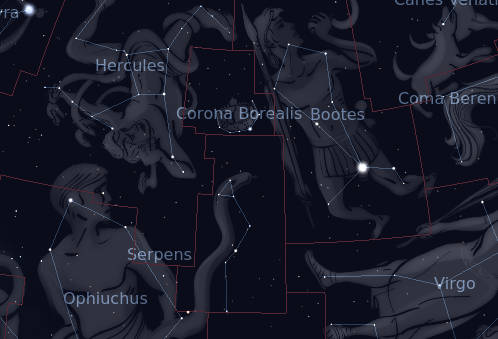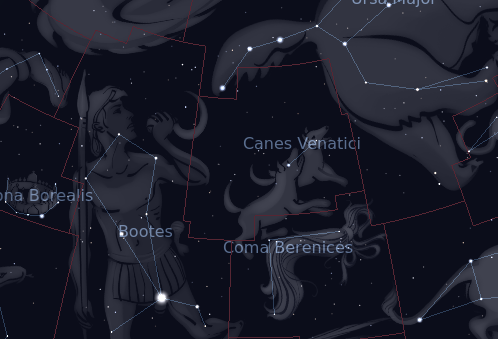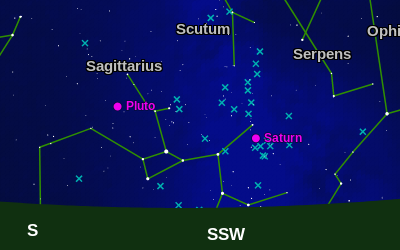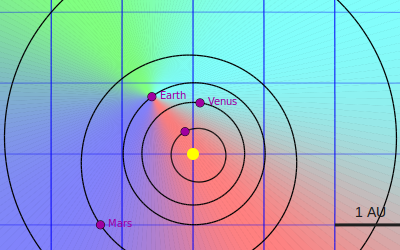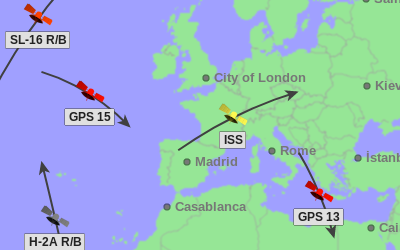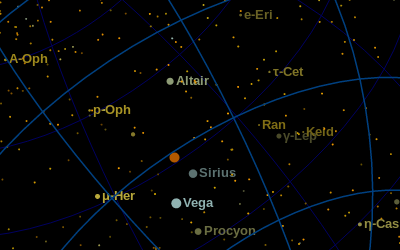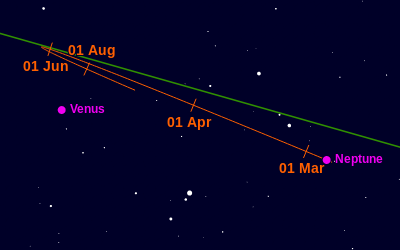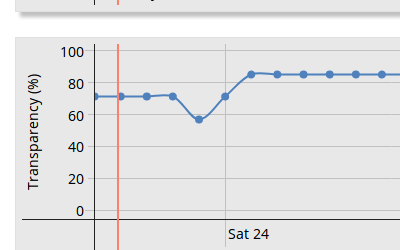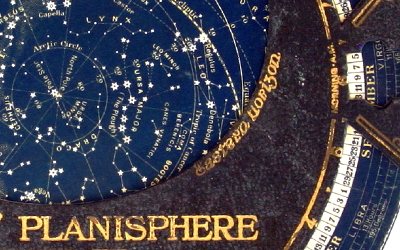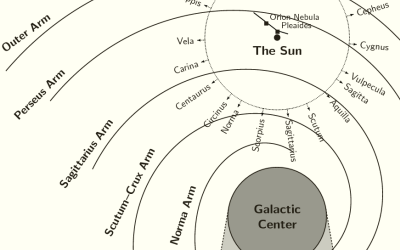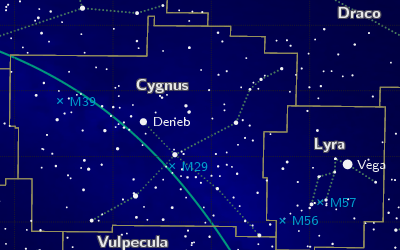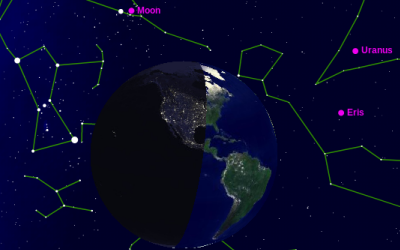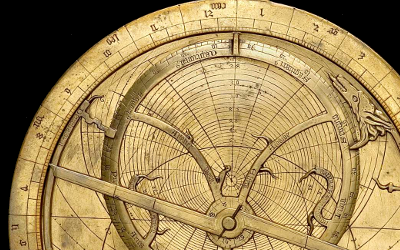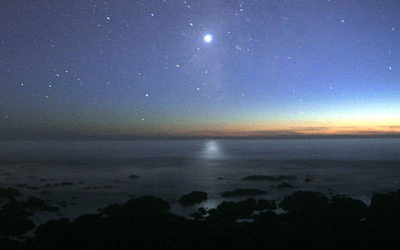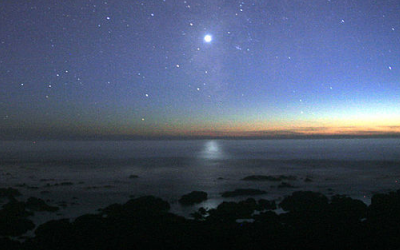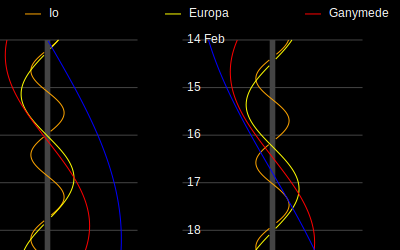|
From the Meteor Showers feed Mon, 22 Apr 2024 |
|
From the Deep Sky feed Mon, 22 Apr 2024 |
|
From the Lunar Occultations feed Fri, 26 Apr 2024 14:36 EDT to 18:55 EDT |
|
Close approach of Mars and Neptune From the Appulses feed Mon, 29 Apr 2024 00:31 EDT |
|
From the Moon feed Wed, 01 May 2024 07:27 EDT |
|
Close approach of the Moon and Saturn From the Appulses feed Fri, 03 May 2024 19:10 EDT |
|
The herdsman; in Greek mythology, Arcas, son of Zeus by Callisto. |
|
|
The virgin; in Greek mythology, the goddess of justice. |
|
|
The balance; a zodiacal constellation introduced by the Romans. |
|
|
The serpent's head; held by Ophiuchus and part of the same constellation as Serpens Cauda. |
|
|
The hunting dogs; introduced by Johannes Hevelius in 1687, and said to be held by the herdsman Bootes. |
|
